Since the late 19th century, a small number of Latinos and Hispanics have called Indianapolis home—illustrated by National Origin numbers on the U.S. Census and later in 1907 when Mexican President General Porfirio Diza appointed Russell B. Harrison of Indianapolis as (honorary) vice . National Origin numbers only account for those who were born in a foreign country, making American-born Latinos and Hispanics statistically invisible. During this time in Indianapolis, no neighborhood, or El Barrio, existed for the early Latino community to grow and flourish. Some lived among other ethnic communities, while others did not stay in Indianapolis. The Latino diaspora in central Indiana included merchants, workers, and young men from Mexico’s wealthy families who came to attend local medical schools.
Oral histories indicate that Indianapolis had an “emerging community” of Latinos and Hispanics on the city’s east side. These recalled memories provide evidence defining the geographic boundary of El Barrio as North Street to the north, Market Street to the south, Pine Street to the east, and Davidson Street to the west. The east-to-west cross streets were Michigan, Vermont, and Ohio streets. Sanborn and Baist Atlas maps illustrate that over 160 dwellings existed: single-family homes, double units, and a small 4-unit apartment building.
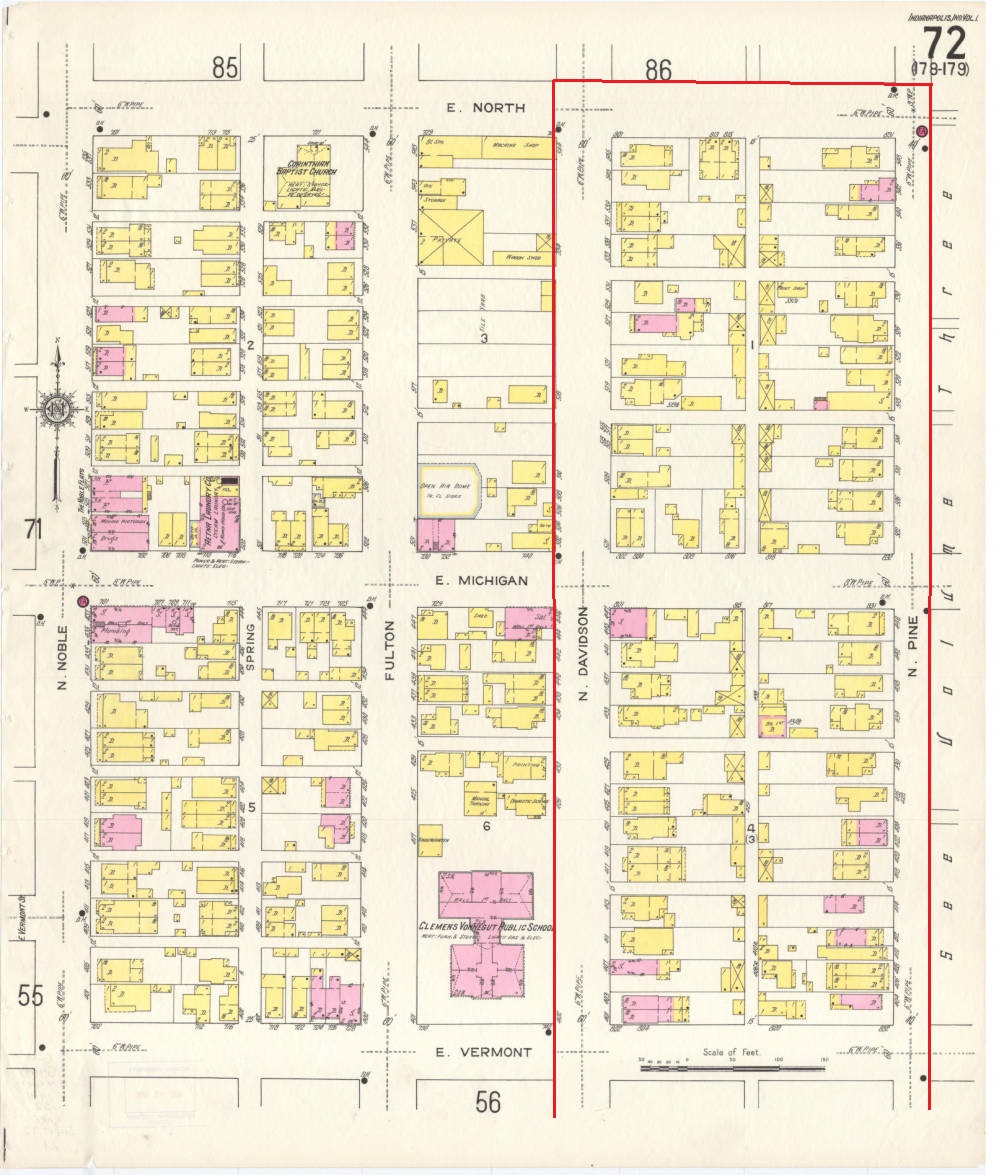
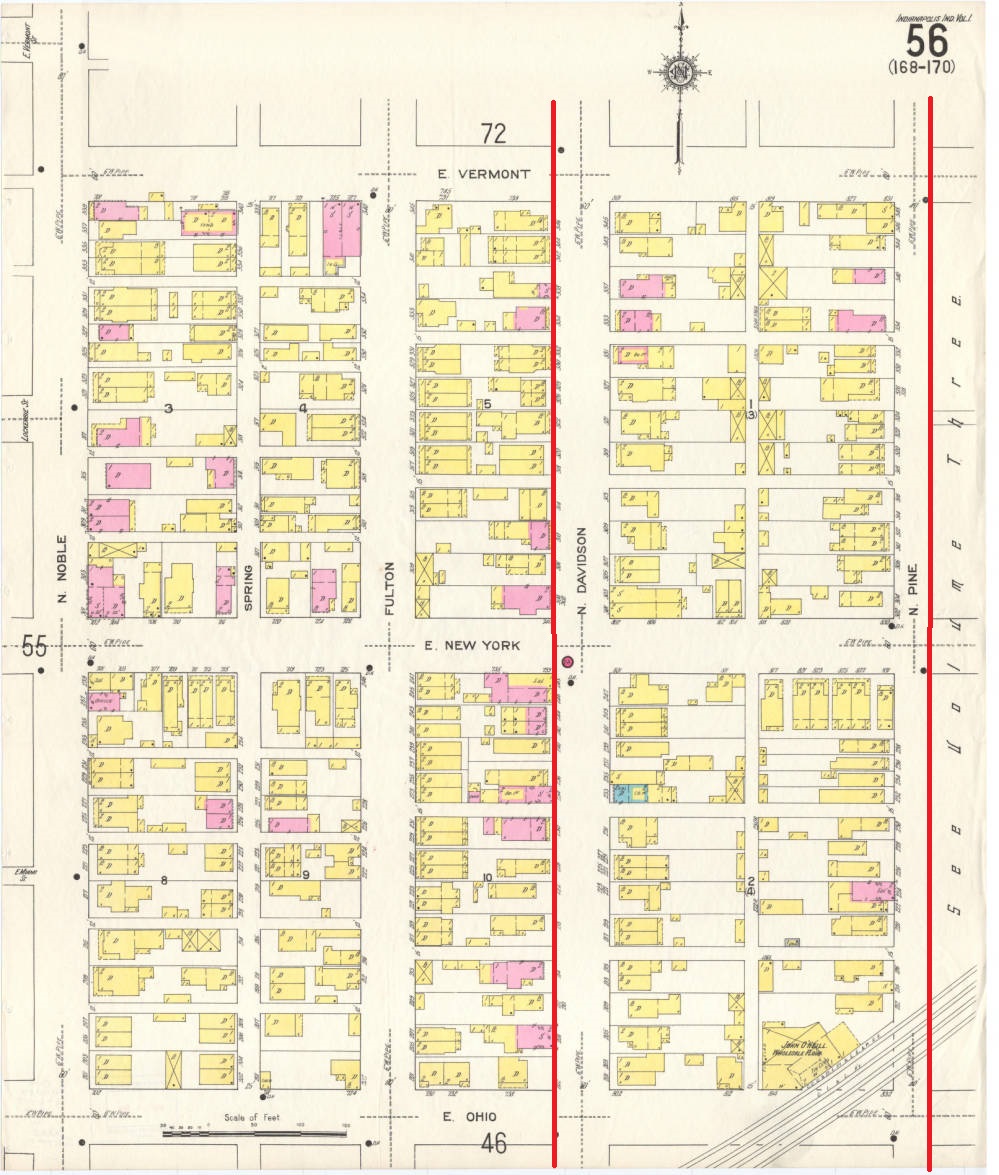
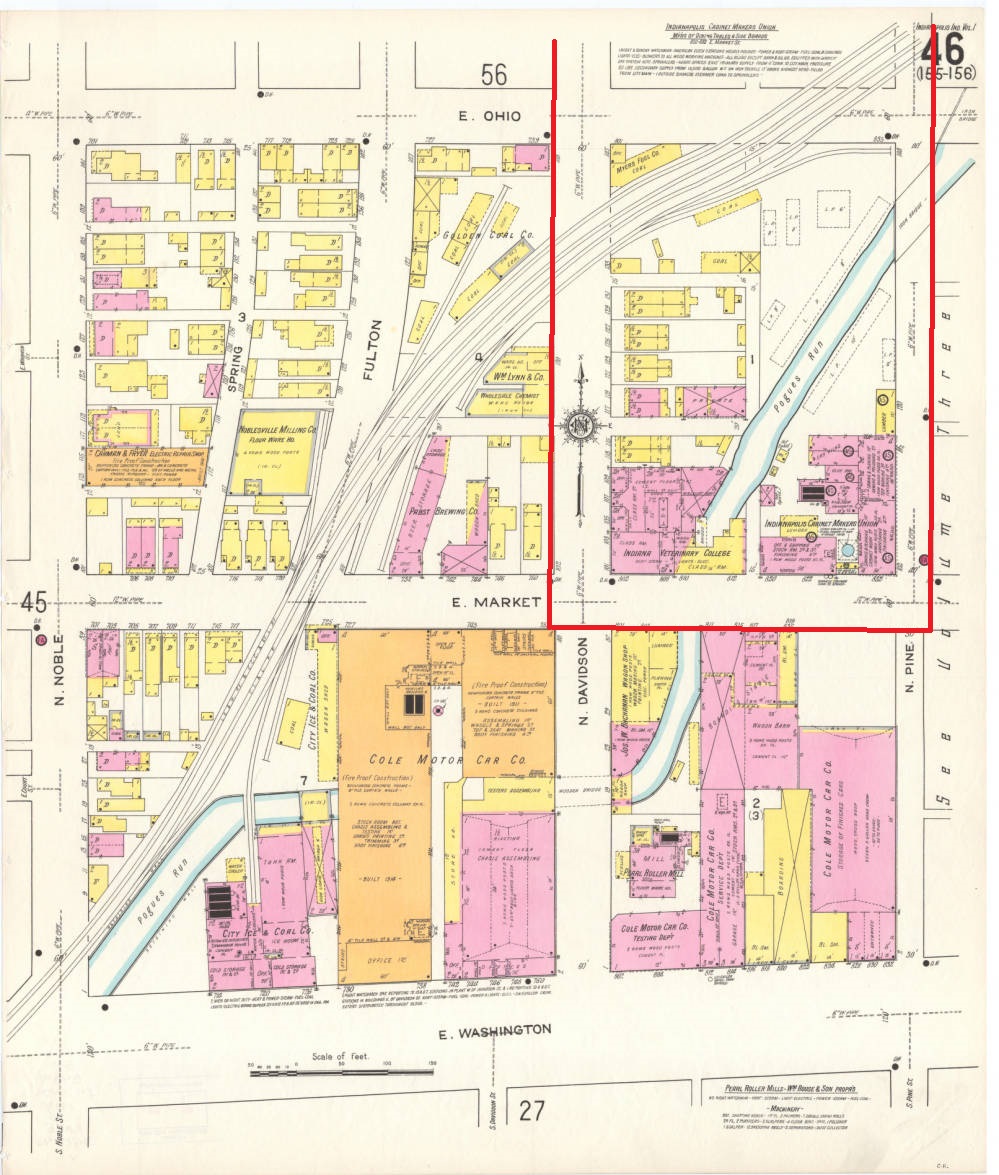
Not all Latinos lived within these boundaries. Many lived close to or communed with residents of El Barrio. Within the geographic boundaries, approximately 12 Mexican and Mexican American families lived in El Barrio, surrounded by other ethnicities. The earliest family to settle outside El Barrio were Francisca “Panchita” and Gabino Mendez and their children. The Mendez family appears on the 1930 census, housing two Mexican boarders, Cristobal and Guadalupe Garcia. The family later lived in El Barrio on Pine Street.
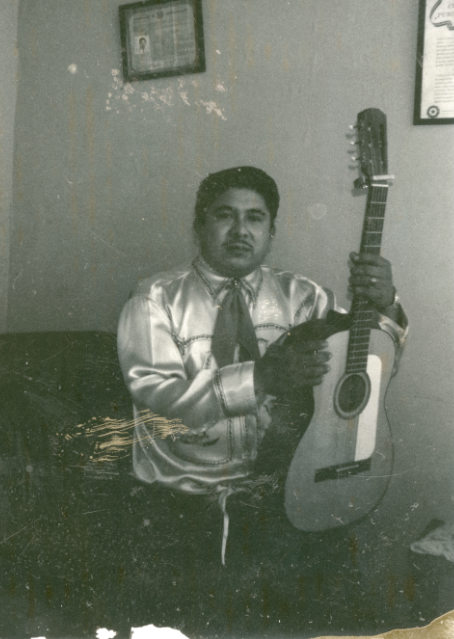
Like other immigrant and non-immigrant groups whose communities grew in the 1940s and 1950s, work brought Latinos to Indianapolis. While many Latino men worked in various industries in Indianapolis, some worked for the . Musician , an early area resident, was one of those railwaymen. Other Latino men entered the food industry, working for Greek immigrant proprietor Stamatis John Zaphiriou at Zaph’s Restaurant, near Pine and Market streets.
Many of the Latinos and Hispanics worshipped at at 317 N. New Jersey, a short walk from El Barrio. St. Mary’s was one of the earliest Roman Catholic churches in Indianapolis to offer mass in Spanish.
Most children from El Barrio attended elementary school at No. 9 (Clemmons Vonnegut School), one block west of the western border of El Barrio at 470 Fulton Street. The school shuttered its doors in 1973 and has been home to the Young and Laramore Advertising Agency since 1983. Many children from El Barrio would later attend nearby .
Some Latinos of El Barrio convened at the Bricklayers, Masons, & Tile Setters Union Hall in the Trowel Trades Building at 620 N. East Street which opened in 1950. Just outside El Barrio, Club de la Amistad met inside the Trowel Trades Building and hosted events with live entertainment featuring mostly Mexican or Mexican American bands and performers from around the state. Since 2014 the building has been home to the Union 50 Restaurant.
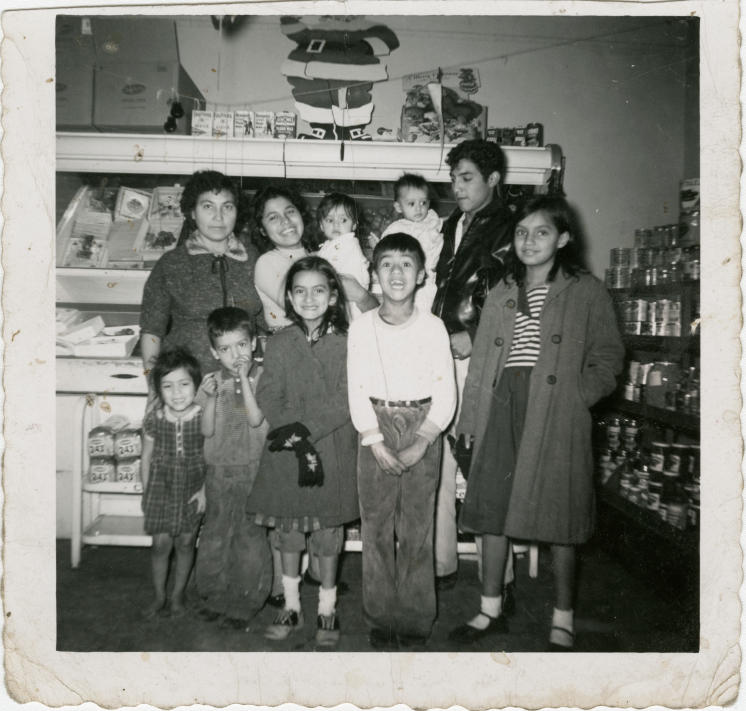
The community’s needs grew equal to its population growth. By the late 1950s, the community organized the Indianapolis Club Social Mexicano. By the mid-1960s, one of the city’s earliest Mexican grocery stores opened in the neighborhood at 810 E. North Street. Feliciano “Felix” and Maria Espinoza owned and operated El Nopal Market. The family’s industriousness led them to travel to surrounding farmland to sell music records, produce, tortillas, and other goods to farmworkers in area agricultural camps. The Espinoza family briefly relocated its store into the in the late 1960s.
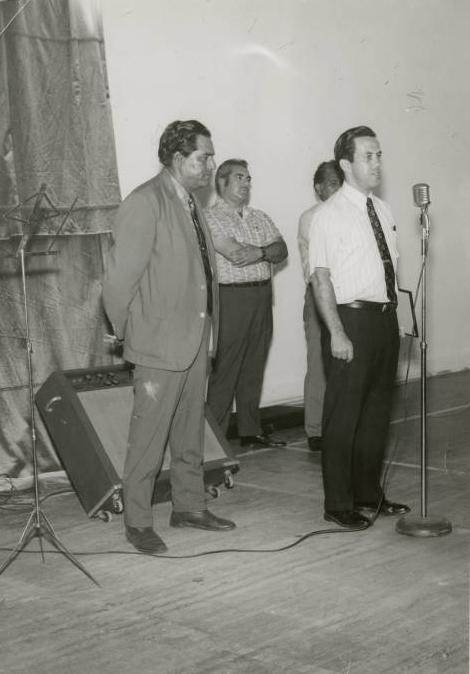
In 1969, Feliciano “Felix” Espinoza, Fred Bowman, Tony Dominguez, and Tulio Guldner organized the Hispano-American Association in response to the growing and ethnically diverse Latino community. In 1971 the organization secured grants from the federal government and support from the Indianapolis mayor and several of the city’s churches to establish the Hispano-American Multiservice Center (also called ) at the Saint Joseph Parish Hall. The center served as a neighborhood center, but its primary function involved human and social services for the Latino community. Many early Latino-focused organizations were aided by this center, through technical support or otherwise. The Marian Center, a building neighboring the parish hall, served as the Hispanic Education Center in the 1980s. The Hispano Center came under the organizational umbrella of in 2005, and left its longtime home on North Street.
In 1974, shortly after the establishment of the Hispanic Center, Espinoza and Guldner hosted a local Spanish-language radio show called La Voz Latina on .
Though the community experienced continued growth, numbering approximately 6,000 by 1969, it suffered from the mid-to-late 1960s infrastructure boom that included the construction of the highway and intersection system crossing through downtown Indianapolis. The Latinos of El Barrio and the rest of Indianapolis numbered few relative to Indianapolis’s total population (about 0.8 percent), but without extended family in the U.S., this community became a tight-knit group that functioned as a large family. Though its physical footprint no longer exists, the memory of El Barrio remains embedded in the physical structures that remain standing in Indianapolis and in the memories of those who once called El Barrio home.
FURTHER READING
- Beyond El Barrio. Indiana Historical Society, 2025. https://youtu.be/4imcFbUhqWY?si=uitEK7OqM8pGsAXz.
CITE THIS ENTRY
APA:
Martinez-LeGrand, N. (2025). El Barrio. Encyclopedia of Indianapolis. Retrieved Jan 5, 2026, from https://indyencyclopedia.org/el-barrio/.
MLA:
Martinez-LeGrand, Nicole. “El Barrio.” Encyclopedia of Indianapolis, 2025, https://indyencyclopedia.org/el-barrio/. Accessed 5 Jan 2026.
Chicago:
Martinez-LeGrand, Nicole. “El Barrio.” Encyclopedia of Indianapolis, 2025. Accessed Jan 5, 2026. https://indyencyclopedia.org/el-barrio/.

Help improve this entry
Contribute information, offer corrections, suggest images.
You can also recommend new entries related to this topic.